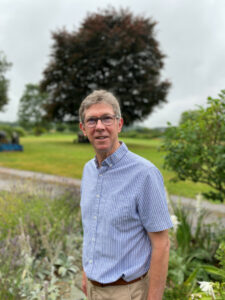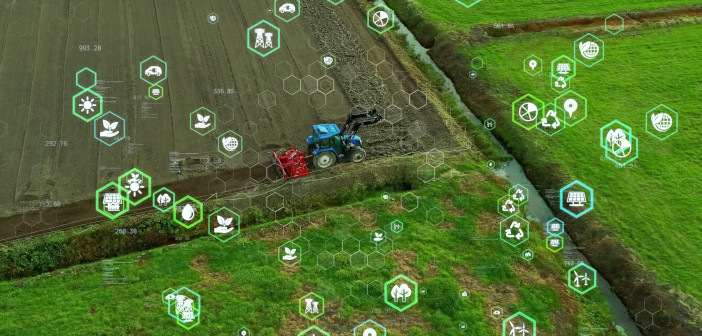According to Richard Soffe, co-author of The Agricultural Notebook, widely regarded as ‘The Bible’ for every agricultural student, farmer and industry professional, research for the 21st edition of the publication saw him revisiting previous Notebooks from the 1800s.
“We looked back at old editions and found things that as an industry we’d forgotten and that are now coming back full circle – it’s quite amazing really,” said Mr Soffe, emeritus fellow at Duchy & Bicton Colleges’ Rural Business School. “In the 1800s, for example, farmers knew the importance of grasslands being made up of lots of different species; the latest edition reflects the fact that we’ve started to increase the mixes in grasslands and herbal leys.”
More science and technology
He calls the move a ‘back to the future’ step, combining age-old knowledge with modern science and technology. In particular, the chapter authors – who were selected from across Europe – were asked to focus on environmental challenges, changes to post-Brexit agricultural policy and the NFU’s target to reach net zero by 2040.
The chapters on Farming and Wildlife, and Resource Management reflect this, according to Mr Soffe: “While it’s a farmer-friendly book, it pulls no punches in saying that agriculture needs to do more for wildlife. But it encourages farmers to look at their farm’s resources as a whole so that they can manage it more effectively.”

A new chapter has also been added to the 21st edition. Applied Nutrition deals with ruminant and monogastric nutrition, and additional science is included in the soil management chapter as interest in the soil continues to develop. There’s also a greater focus on renewable energy as farmers look to diversify income streams.
A bigger picture for beef and dairy
Paul Ward, research and programme manager at Duchy College’s Rural Business School, supplied a chapter on Dairying and Beef Production, encouraging readers to look at the bigger picture.
“Regarding climate change and emissions, cattle have had a very negative image recently, but we wanted the chapter to encourage people to look at the bigger picture,” said Mr Ward. “For example, how can grasslands sequester carbon? How else can farmers mitigate and reduce emissions?
“We’ve focused a lot on efficiencies in the system and how to reduce the carbon cost of meat and milk. But also how to prevent disease, rather than just treat it. And how to use technology to measure things – and critically – use this data to make better decisions.”
The chapter also looks at adding value to products to increase income in a post-Brexit world. This includes a greater focus on marketing, branding and story-telling, allowing farmers to discuss the positives of cattle.
Greater knowledge needed for cropping
According to Louisa Dines, principle lecturer in agronomy at Harper Adams University and author of the Crop Production chapter, growers now need a wider knowledge than in the past.
“Successful UK crop production increasingly requires an excellent understanding of technology, biological and agronomic principles as well as business and marketing principles,” she explained. “Legislation, consumer requirements, economics and protection of the environment place an increasing number of constraints on arable crop production in the UK.
“These are demanding the integration of new technologies and products with a return to some of the basic principles of good agricultural practice, such as the maintenance of soil health and diverse and resilient rotations.”
Mr Soffe concluded that The Agricultural Notebook is moving from being a bible of sorts to an essential reference book, which now includes a large number of suggested further resources. This reflects the increased development in farming and science, and the more specialised role growers have.
The 21st edition was launched in February this year, edited by Mr Soffe and Professor Matt Lobley of Exeter University. It is available from Waterstones, Amazone and Wiley.


